Moving away from topics and themes
Release Date: October 31, 2023
Last Updated: November 15, 2023
In today's ever-evolving educational landscape, the importance of a play based approach and child-led learning, to move away from rigid topics and themes has gained significant recognition. Early childhood educators have begun to embrace an approach that prioritises the autonomy and freedom of expression for children. It’s time to shift thinking and let go of our focus on topics and themes.
This paradigm shift is supported by influential figures in the field, including Bev Bos, and Lev Vygotsky. In this comprehensive blog post, we will delve into the significance of moving away from topics and themes, drawing on the works and insights of these esteemed individuals.
The Limitations of Topics and Themes:
Let’s face it, topics and themes have long been used as a foundation for structuring classroom activities and guiding curricula. But why is it that educators like them so much?
Perhaps it’s because they give order and structure to the day, they provide security to predict and plan, to document outcomes and prove to the ‘powers that be’ that we can demonstrate what we ‘hope’ children will be learning. However over time, we have lost sight of the individual child and trusting in their ability to learn in a way that meets their needs, schemas and urges. We have given up our own experience, knowledge and understanding of HOW best children learn and we look to regurgitate the same work sheets and craft activities year after year, regardless of the changing cohorts of children, divergent thinking, interests and personalities.
Regardless of the security and order they offer us adults, sadly however, these same topics and themes can inadvertently restrict a child's curiosity, imagination, and individuality. After reading Diane Kashin, thought-provoking blog article, https://www.communityplaything... in which she highlights the potential drawbacks of theme-based curricula. She reminds us that themes are often teacher-driven, chosen without considering the child's interests and development. This resonates with The Curiosity Approach pedagogy where we believe topics and themes, limit children's creative exploration and the opportunity for meaningful, self-directed learning.
Let’s talk about Bev Bos and Nurturing Creativity:
Bev Bos, a revered early childhood educator, emphasised the crucial role of creativity in a child's development. She recognised that creativity is not just an extracurricular activity but an integral part of children's overall growth. Bev Bos believed that children express their thoughts, emotions, and ideas through creative outlets. To honour their uniqueness and foster their creative potential, we must provide an environment that allows for autonomy, self-expression, and open-ended exploration.
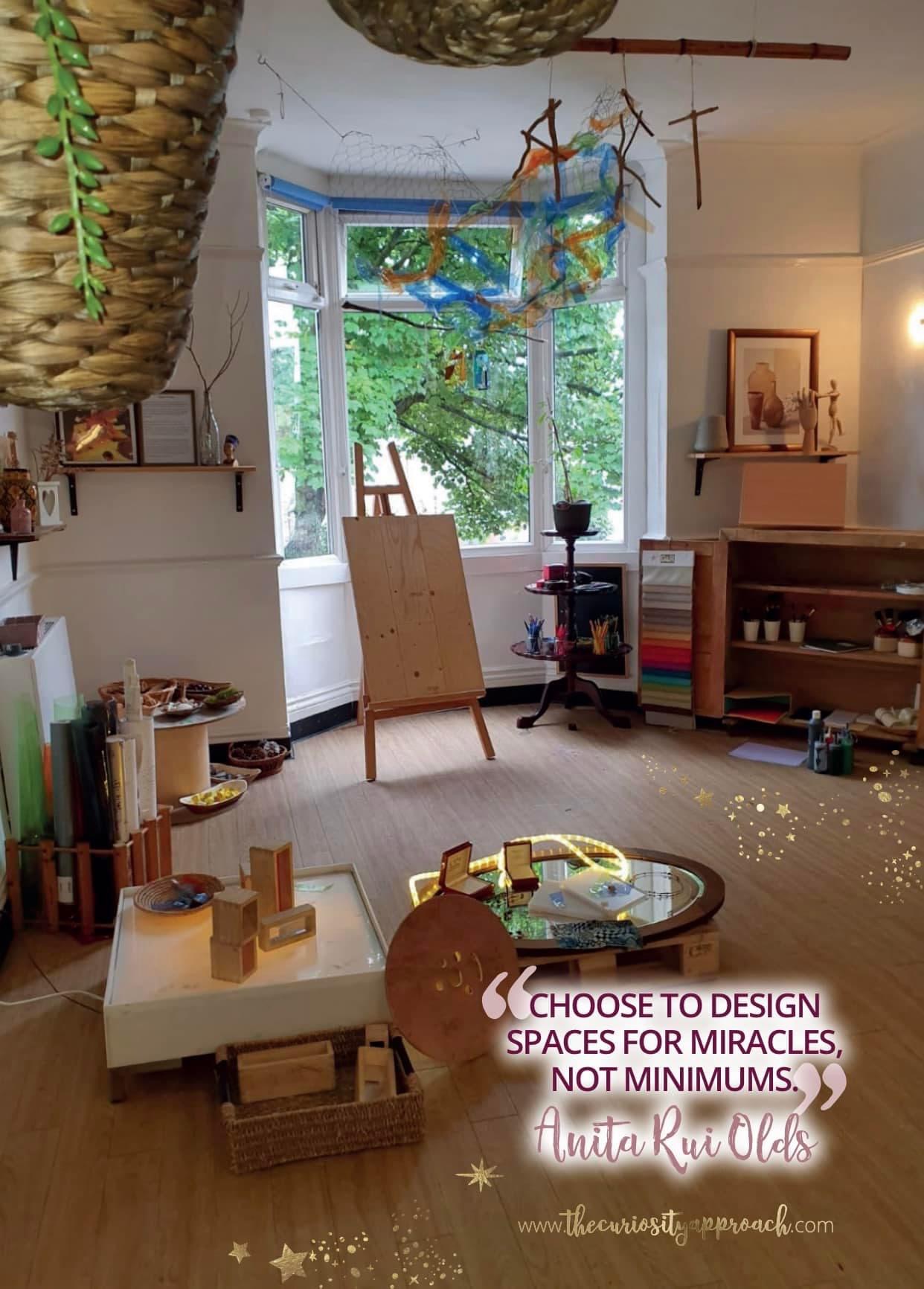
Theorist Lev Vygotsky and Social Interaction:
Lev Vygotsky, a prominent philosopher and psychologist, emphasised the significance of social interactions and cultural context in learning. He stressed that children learn best through collaboration with peers and more knowledgeable others. Vygotsky's socio-cultural perspective asserts that children acquire knowledge and expand their creative capacity by engaging in dialogue, sharing ideas, and collectively constructing meaning. This highlights the importance of creating environments that promote interaction, collaboration, and the exchange of diverse perspectives.
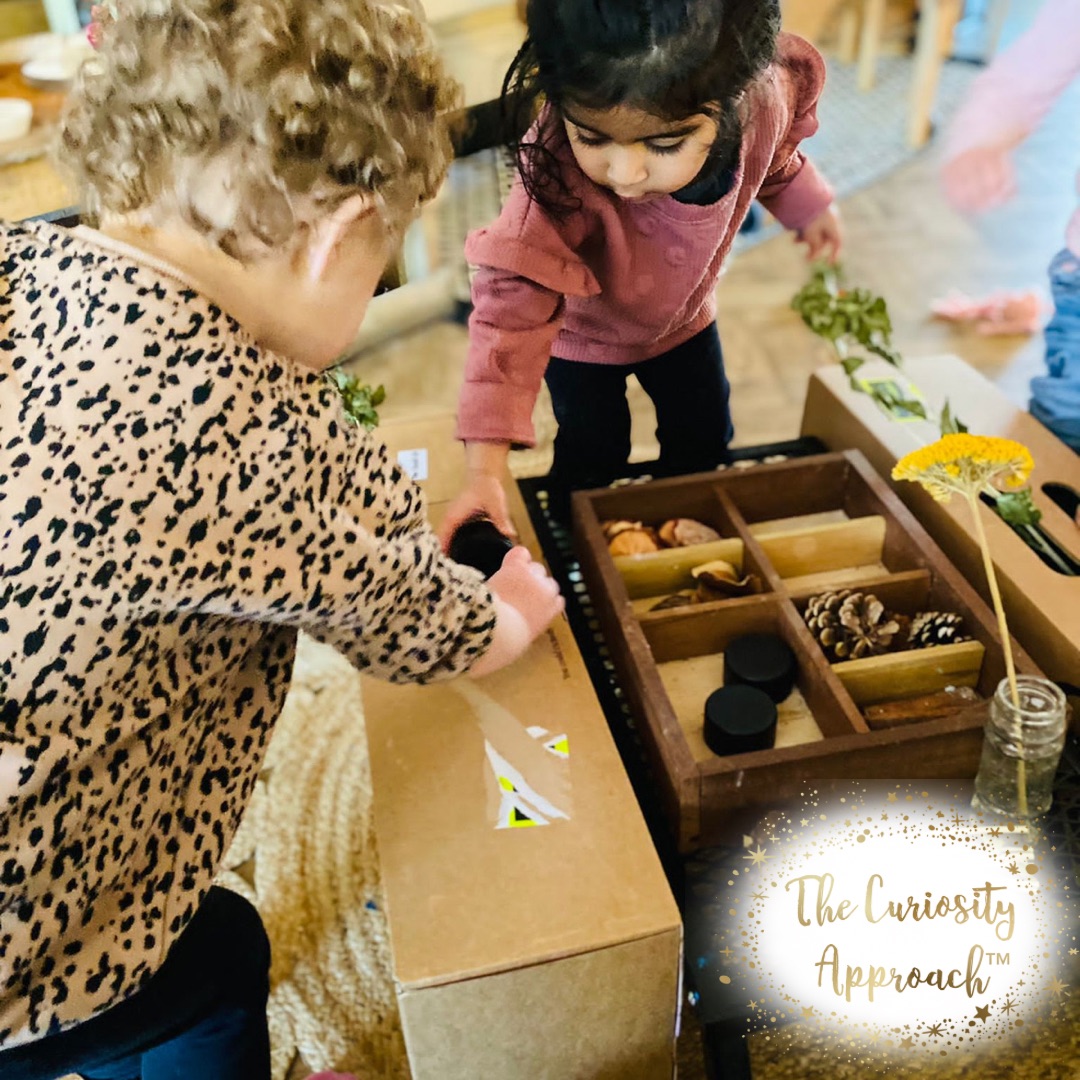
Nurturing Autonomy, Freedom of Expression, and Creativity:
1. Autonomy and Ownership: Moving away from topics and themes enables children to take ownership of their learning. With autonomy comes a heightened sense of identity, agency, and responsibility. Children become active participants, making choices, setting goals, and engaging in self-directed learning, leading to a greater sense of ownership and pride in their accomplishments.
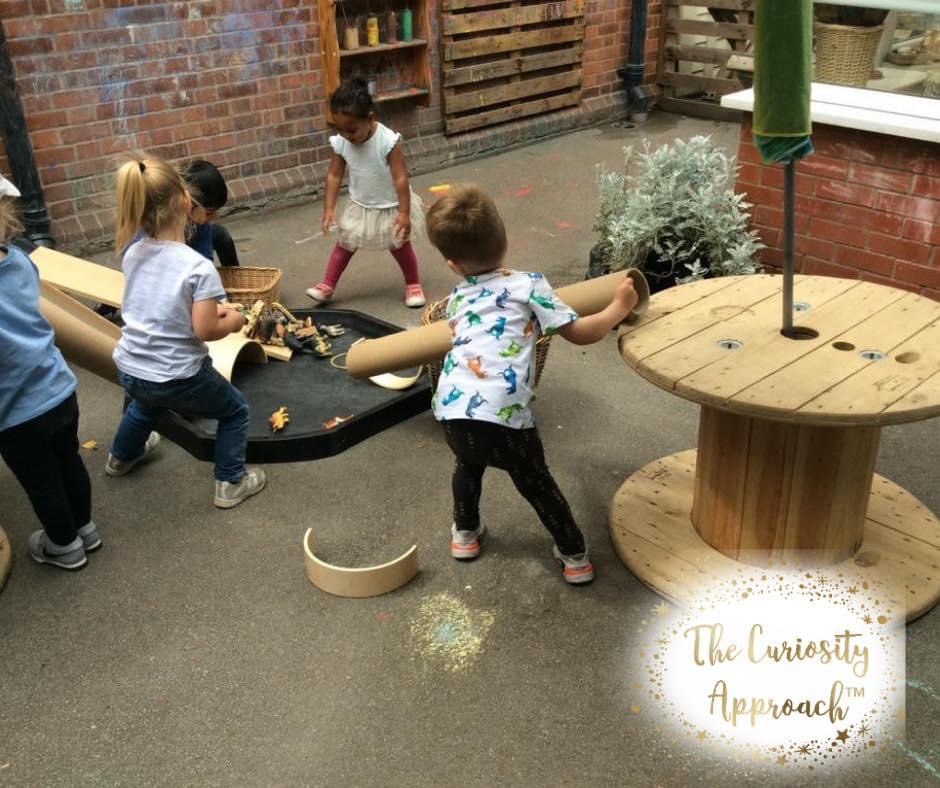
2. Freedom of Expression: When children are not confined to predefined topics, they are free to explore their interests, passions, and unique talents. This freedom allows them to express themselves authentically, fostering confidence, self-esteem, and a positive self-image.
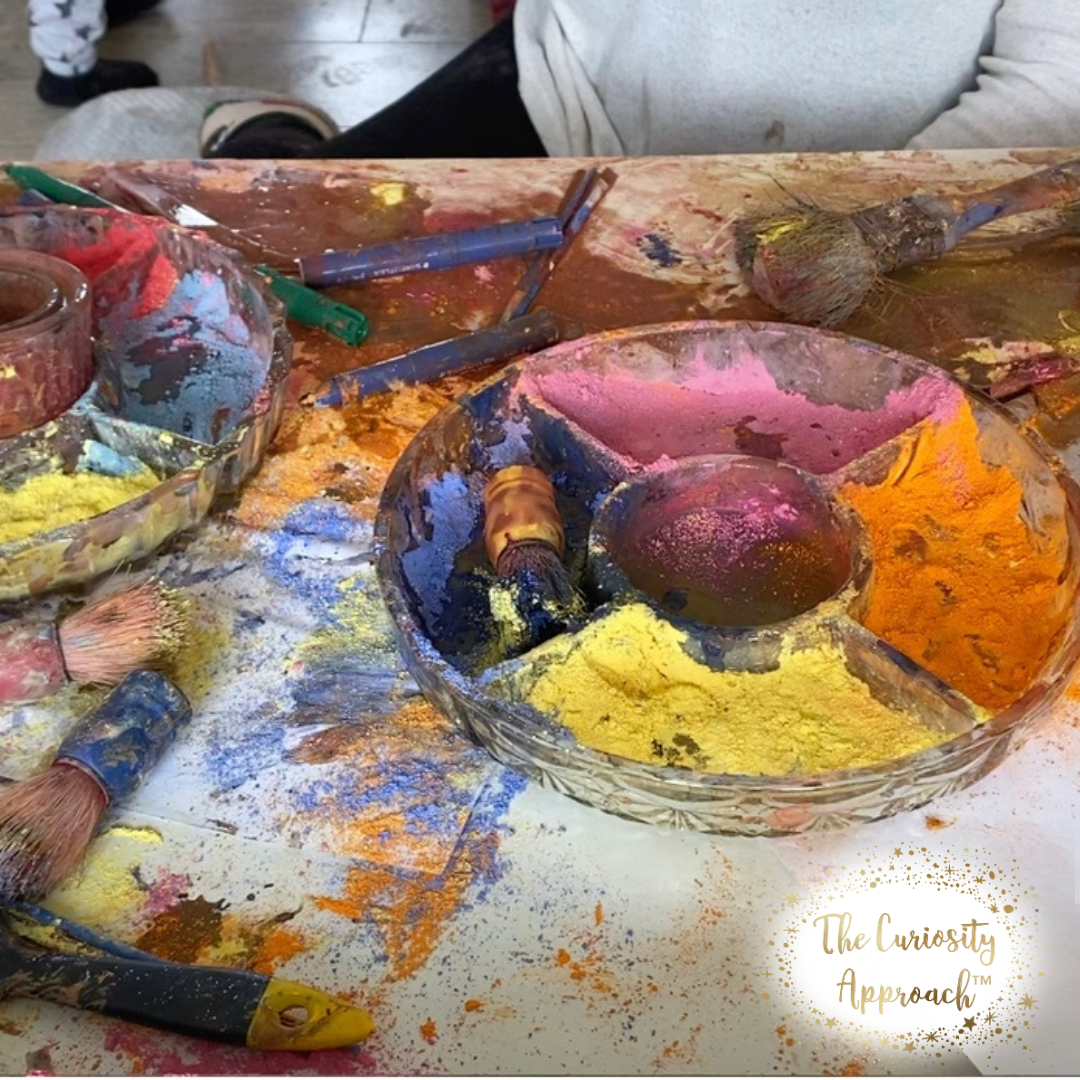
3. Open-Ended Exploration: Child-led learning promotes open-ended exploration, where there are no predetermined outcomes or rigid guidelines. This approach encourages children to ask questions, experiment, and investigate, nurturing critical thinking, problem-solving, and innovation skills. At The Curiosity Approach® we look to empower educators to let go of product based activities and to recognise that it’s what children take home in the heart that counts and not their back pack or hand. Children will naturally gain more from an experience than following a set of instructions or creating a picture or craft driven by the adults pre conceived ideas.
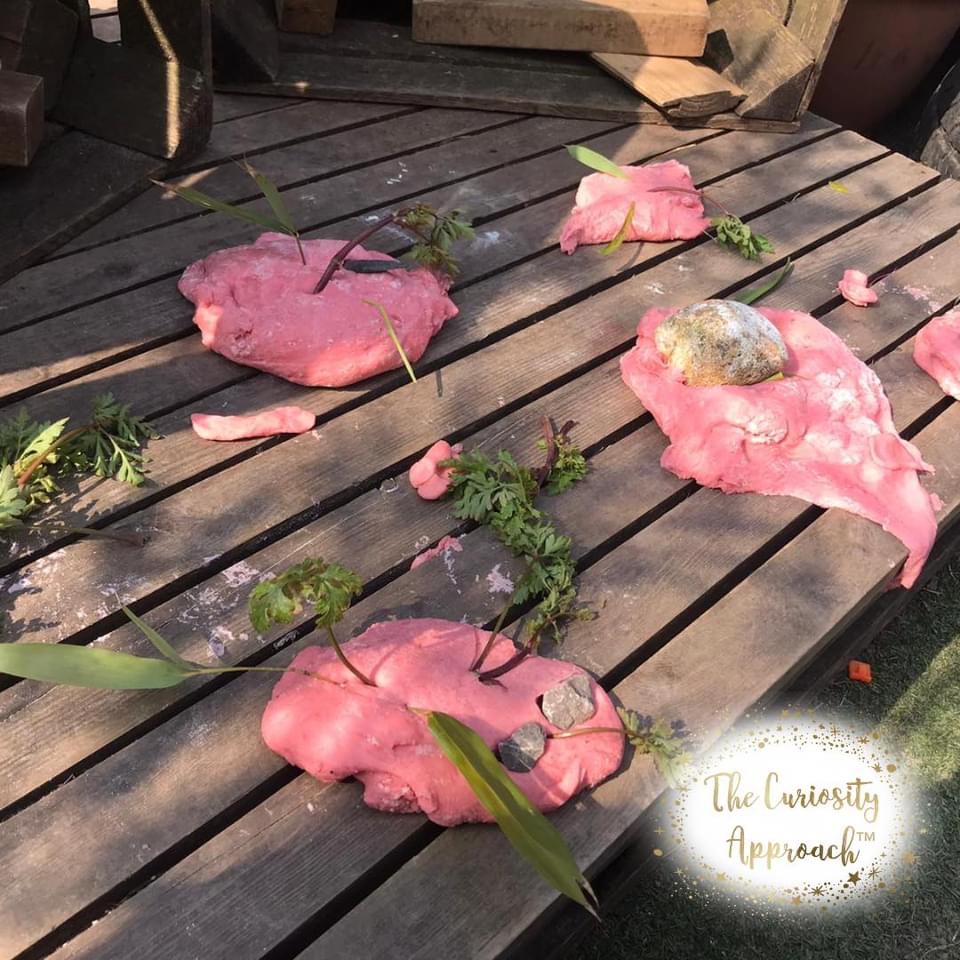
4. Creativity and Imagination: By providing a nurturing environment that fosters autonomy and freedom of expression, we enable children to tap into their inherent creativity and imagination. This promotes divergent thinking, risk-taking, and the ability to approach challenges from multiple perspectives. They gain self efficacy and are empowered by their achievements and that intrinsic desire to investigate, discover and learn more.
5. Collaboration and Social Skills: Child-led learning encourages collaboration and social interactions, fostering the development of essential social skills. Through collaborative projects and group work, children learn to communicate, negotiate, and respect diverse viewpoints. This prepares them for future endeavours in a society that thrives on cooperation and shared learning. Let’s face it automation, technology are part of everyday life and we must allow children to nurture, develop and foster skills that stands them apart from machines. Here is a great You Tube clip from Jack Ma at the World Economic forum, discussing ‘soft skills’
I’m not certain we would describe them as ‘soft’ more over they are essential as children and adults navigate the dichotomy of the ever changing world in which we live.
At The Curiosity Approach® we encourage educators to follow ‘the child’ instead of a specific weekly topic or monthly theme. To understand each child’s schematic learning style and to provide a powerful rich learning environment instead.
Want to know more? We have a wealth of mini courses, blogs and an online accreditation programme to help clarify and explain more. Come join us as we look to revolutionise the Early Years Curriculum and outdated practice that sadly no longer serves a modern generation.
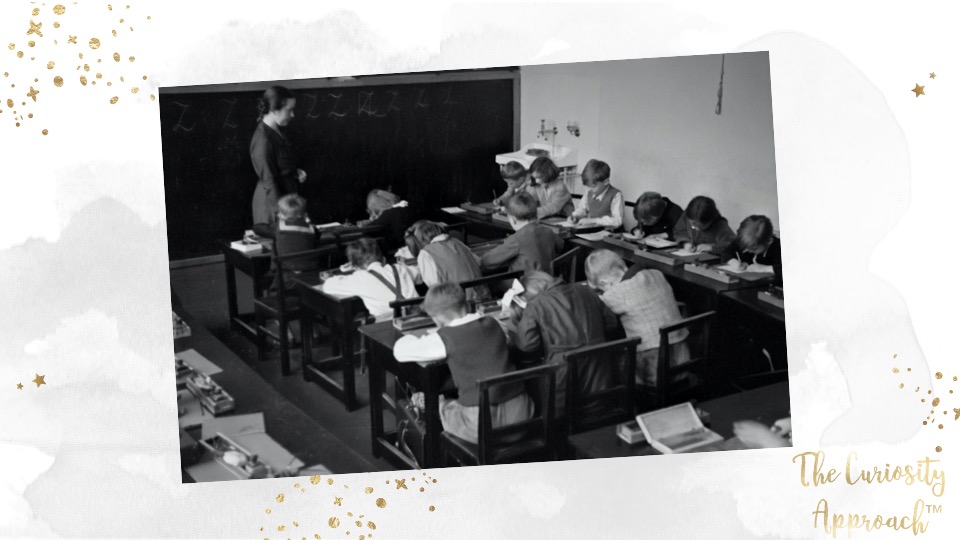
Our Education system hasn’t changed for two hundred years. It’s time we allowed the children the freedom and autonomy to learn in a way that meets their individual learning styles. Instead of being made to conform, to a set standard, set topic or monthly theme.

Learning isn’t dependent on a table top craft or planned activity. Learning is throughout the day.
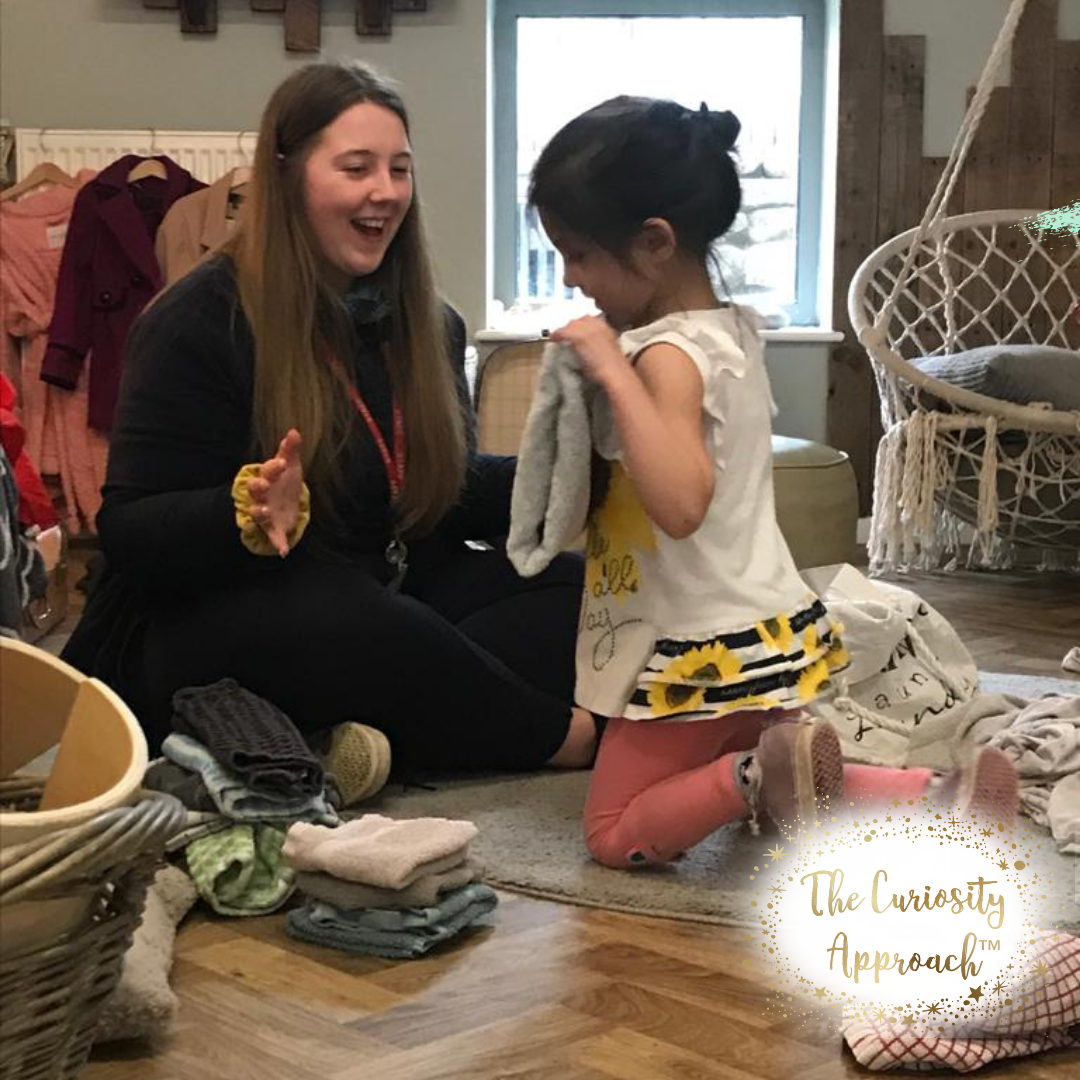
Want to find out if your setting is really Curiosity Approach inspired? Take our curiosity quiz
See link below to access
https://thecuriosityapproach.s...
This article and images are the intellectual property of The Curiosity Approach® and protected by copyright standards


